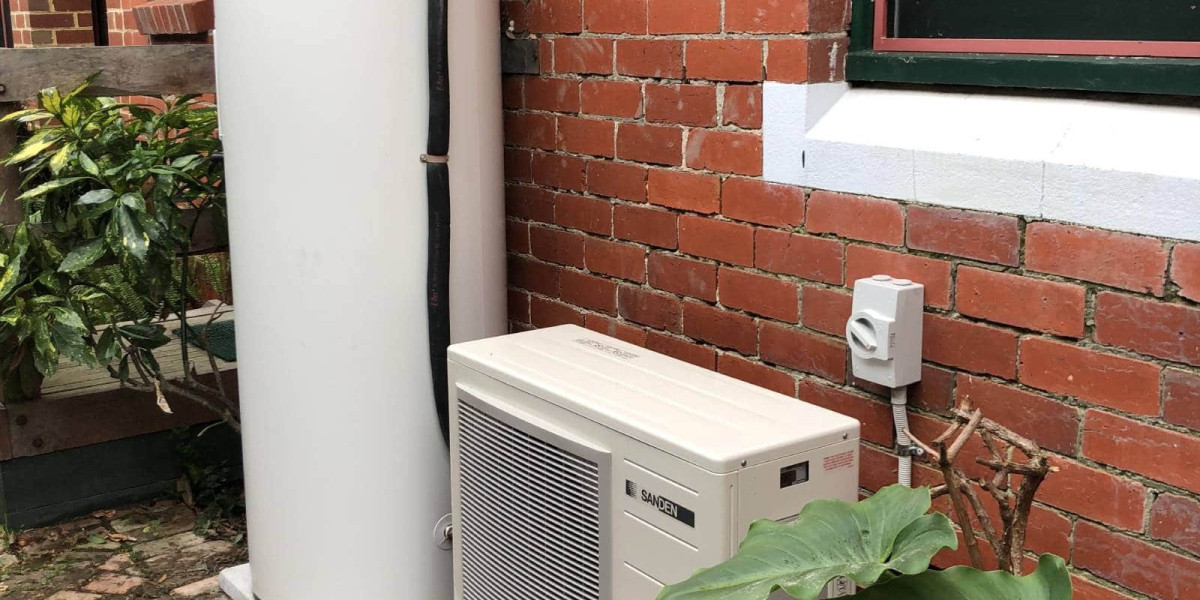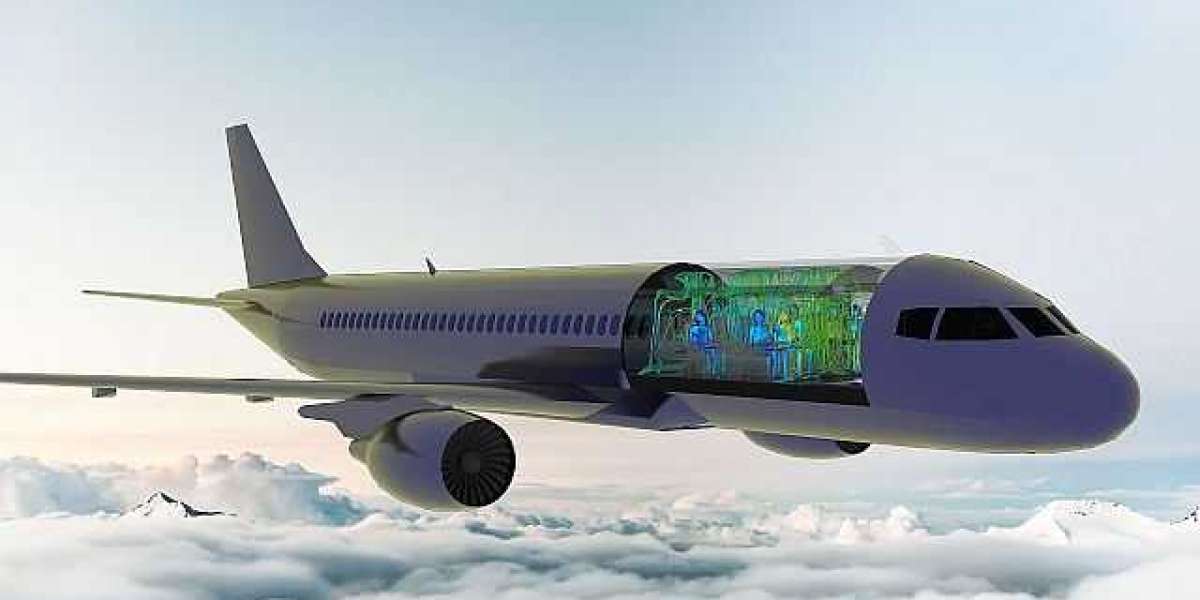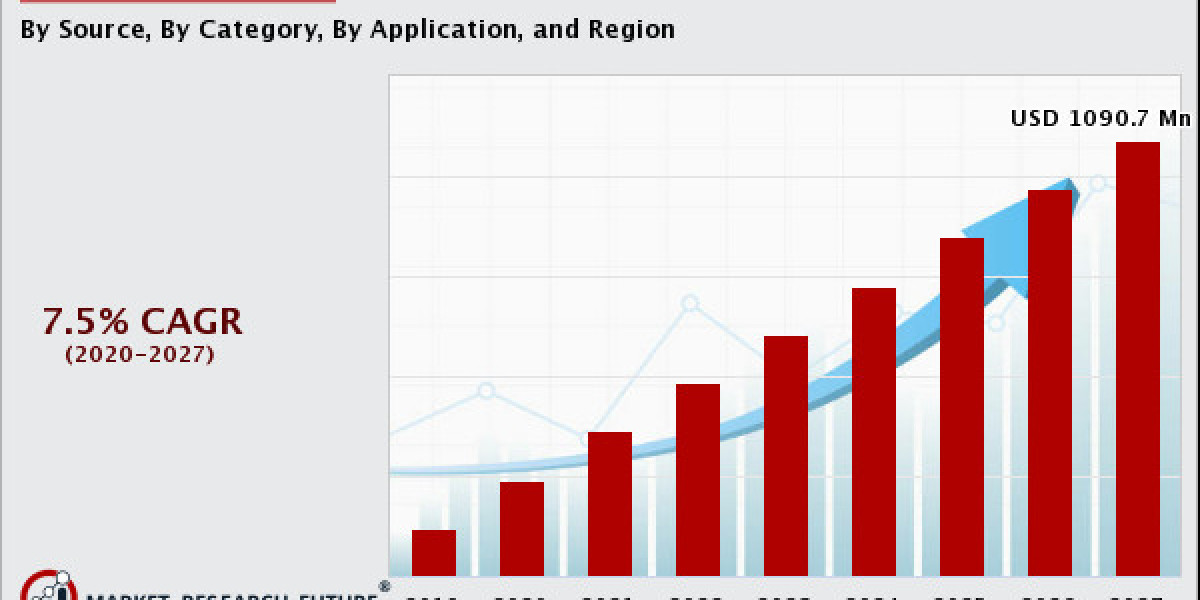Exhaust air heat pumps (EAHP) recycle energy from ventilated air and provide heating, hot water and ventilation for your home. They are ideal for new and self-build houses up to 200 square meters and are most suited to those who require an affordable solution and who want to comply with current building regulations requiring controlled ventilation and improved energy efficiency.
EAHPs extract stale air from the building and transfer its heat to a heat exchanger inside the unit. The heat exchanger is then cooled using the ambient air around it, the stale exhaust air is vented outside and fresh clean air is delivered into the house. This is done via ducting and an inbuilt fan.
The EAHP’s power consumption varies depending on the cooling load and the temperature difference between the inlet and exhaust air. The lower the cooling load and the larger the temperature difference, the more efficient the EAHP will be.
If the EAHP is used in conjunction with a Mechanical Ventilation Heat Recovery system it is known as an Air-to-Water (AVHR) system and this arrangement can be considered a Micro-CHP. These systems have been around for a number of years and are a very popular option for retrofit applications in older properties. They are typically installed in the loft and connected to a hot water cylinder by running ducting from bathrooms, kitchens, utility rooms etc. to the cylinder and then connecting it in parallel with your existing system.
They are designed to heat water directly using the stale exhaust air and they use far less energy than a conventional system, so can be useful for maximising any generation from renewable sources such as solar PV panels and electric vehicle charging. However, they can be quite slow to heat your hot water so are best used in conjunction with a secondary heating system.
If the EAHP is used to supply all of your heating requirements it will need a back up heat source in adverse or extreme loading conditions, but this can be achieved by connecting the unit to an electric boiler or the occupants can use a domestic hot water immersion heater for backup. The NIBE heat pump units that we install have an inbuilt immersion heater to help with this process, but docking can also be made to external heaters or even other heat pumps.


